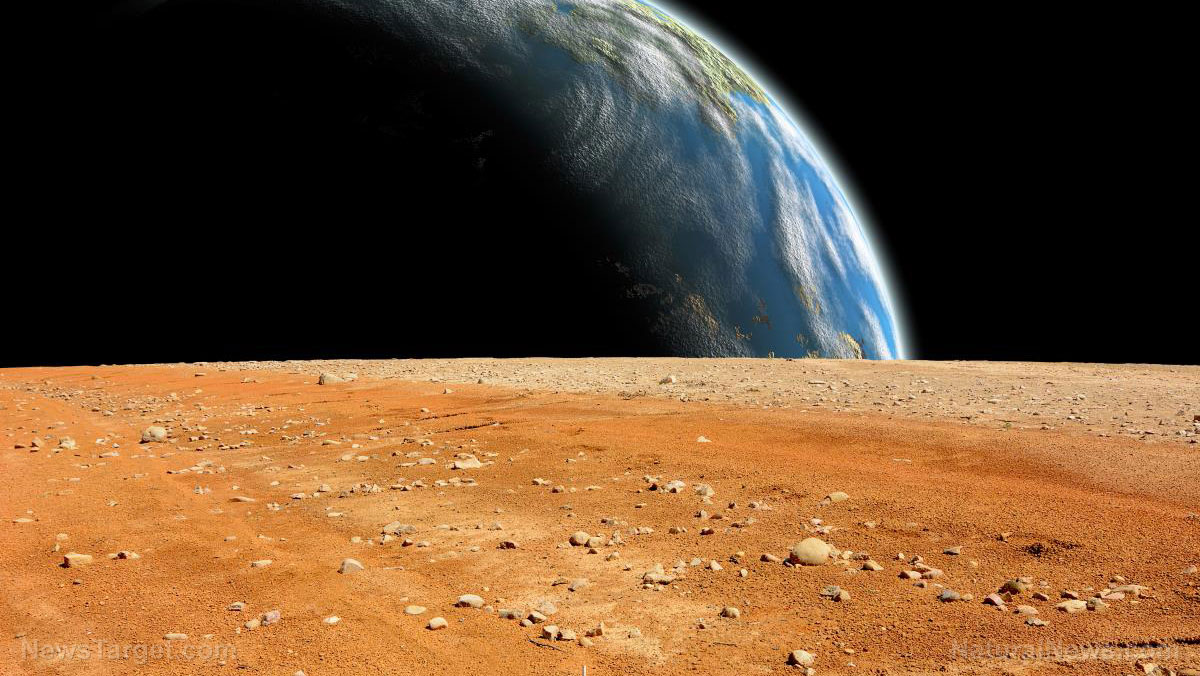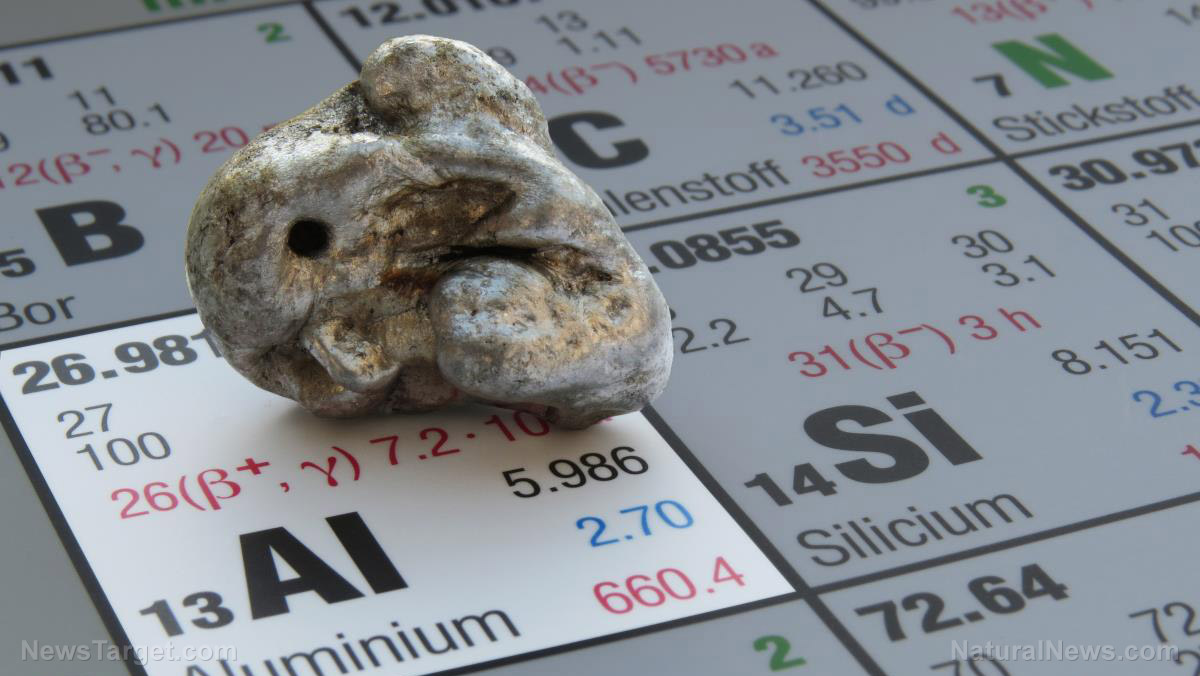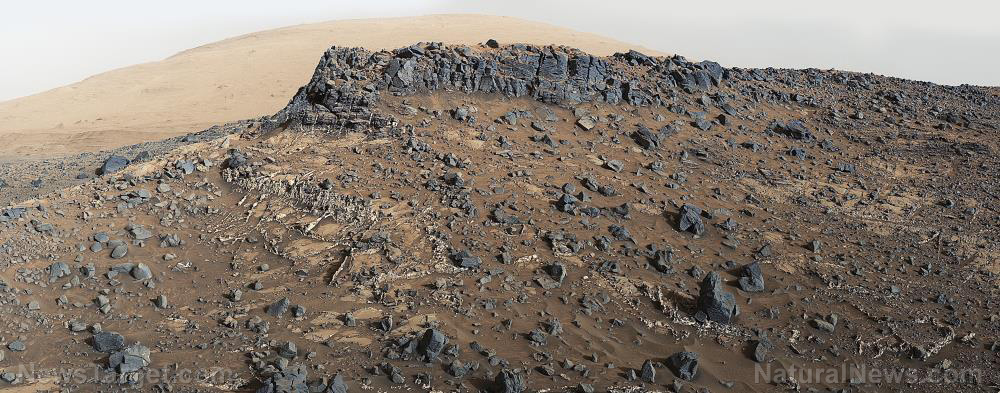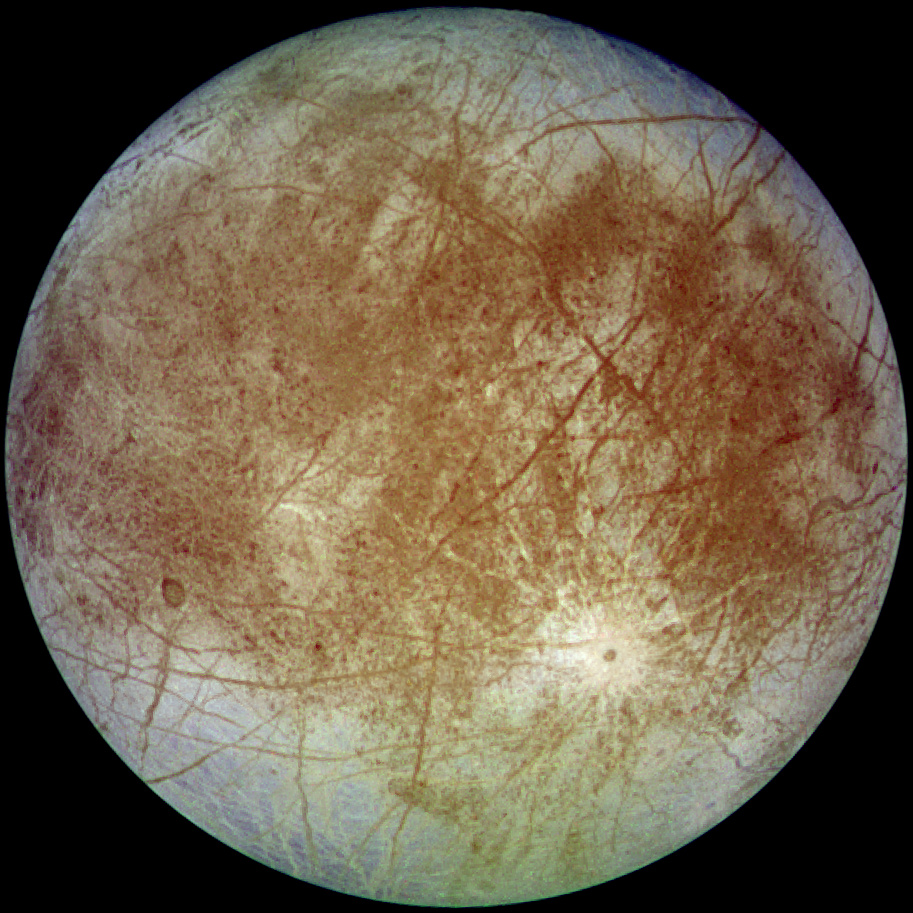
- NASA’s Curiosity rover found the largest organic molecules ever detected on Mars, hinting at possible ancient life.
- The 3.7-billion-year-old compounds resemble fatty acids, a key building block of life.
- Samples from Gale Crater suggest Mars once had conditions suitable for biology.
- The discovery doesn’t confirm life but narrows the search for future missions.
- Future missions, like ESA’s ExoMars, will target sulfate-rich areas for further clues.
For decades, scientists have scoured Mars for clues about its ancient past, and now, a groundbreaking discovery has brought them closer than ever to answering the ultimate question: Was the Red Planet once home to life?
NASA’s Curiosity rover has uncovered the largest organic molecules ever detected on Mars, including carbon chains up to 12 atoms long, preserved in 3.7-billion-year-old rocks. These compounds, potentially linked to fatty acids—a key building block of life—offer tantalizing evidence that Mars may have once harbored conditions ripe for biology.
The findings, published in Proceedings of the National Academy of Sciences (PNAS), stem from samples collected in Gale Crater, an ancient lakebed that once held water. Thanks to Mars’ cold, arid climate and lack of geological upheaval, these fragile organic molecules survived nearly intact, coinciding with the era when life first emerged on Earth. While the discovery doesn’t confirm past life, it dramatically narrows the search—and could guide future missions hunting for definitive proof.
A breakthrough in the hunt for biosignatures
The molecules—identified as decane, undecane, and dodecane—are thought to derive from fatty acids, which on Earth are essential components of cell membranes. “Although abiotic processes can form these acids, they are considered universal products of biochemistry—terrestrial, and perhaps Martian,” wrote the international research team. Dr. Caroline Freissinet, a lead scientist on the study, noted the tantalizing pattern: The 12-carbon chain was more abundant, mirroring a trend seen in Earth’s biologically produced fatty acids. “Cumberland [the rock sample] is teasing us,” she said.
The discovery was made using Curiosity’s Sample Analysis at Mars (SAM) instrument, which vaporizes rock samples to identify their chemistry. Earlier detections of Martian organics were smaller and less complex, but these long chains suggest a richer organic history—one that future missions, like ESA’s ExoMars rover, will aim to explore.
Why this discovery matters
The molecules’ preservation is a scientific gift. Mars’ stagnant geology and dry environment acted as a time capsule, safeguarding compounds that would have eroded on Earth. “Organic molecules preserved in ancient Martian rocks provide a critical record of past habitability,” the researchers emphasized. While non-biological processes could produce these molecules, their presence in a once-wet environment boosts the case for ancient Martian chemistry resembling Earth’s prebiotic conditions.
John Eiler, a geochemist at Caltech, called the findings “the best chance we have seen for identifying the remains of life on Mars”—though he stressed that conclusive proof would require returning samples to Earth. NASA and ESA plan to do just that in the 2030s, but for now, Curiosity’s data offers a compelling roadmap.
The discovery underscores Mars’ potential as a former abode for life—and fuels urgency for future exploration. Upcoming missions will target similar sulfate-rich regions, where organic material might be concentrated. As Ashwin Vasavada, Curiosity’s project scientist, put it after another recent sulfur find: “Discovering strange and unexpected things is what makes planetary exploration so exciting.”
For now, these carbon chains are a cosmic breadcrumb trail—one that leads not just into Mars’ distant past, but toward humanity’s next giant leap in understanding our place in the universe. The Red Planet’s secrets, it seems, are still waiting to be cracked open.
Sources for this article include:
Please contact us for more information.



















